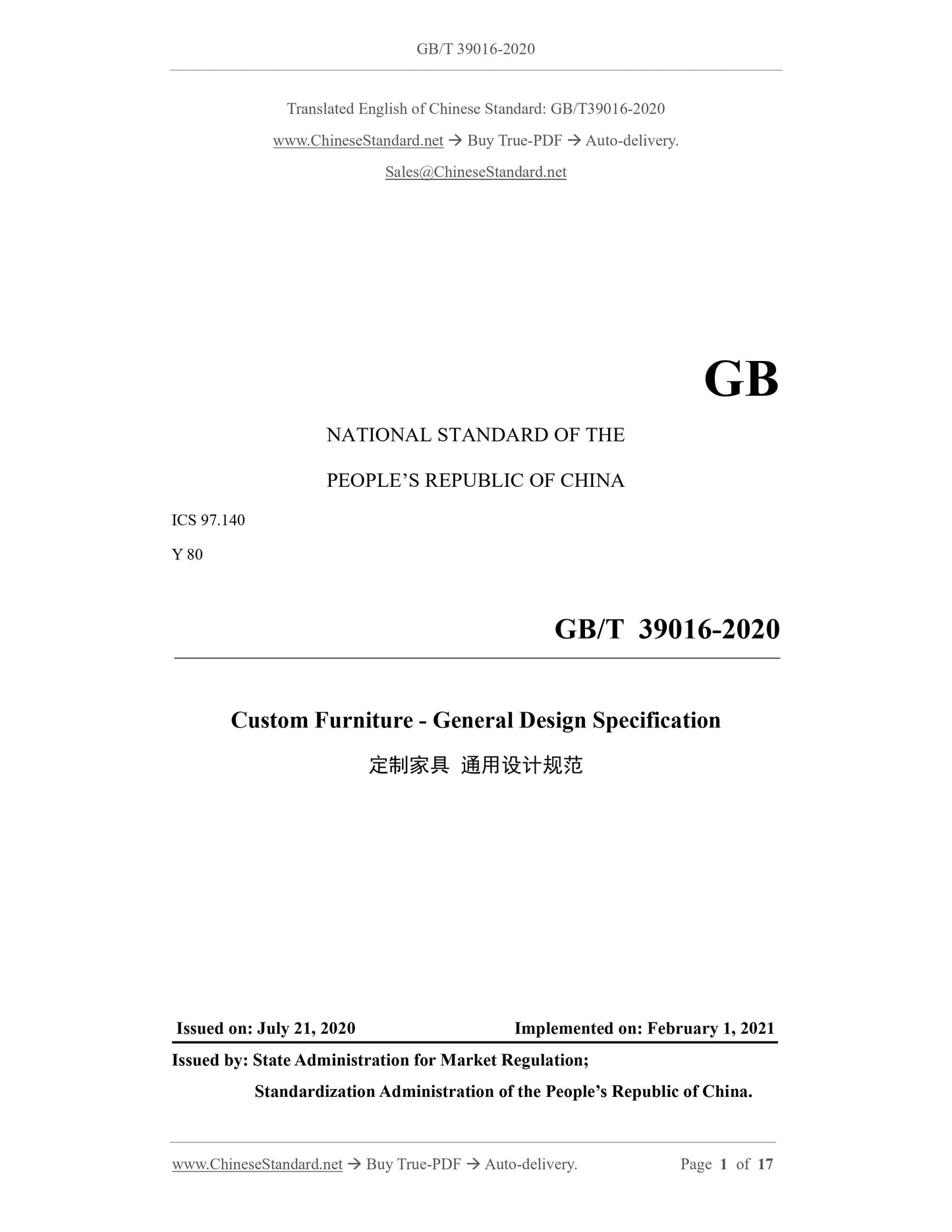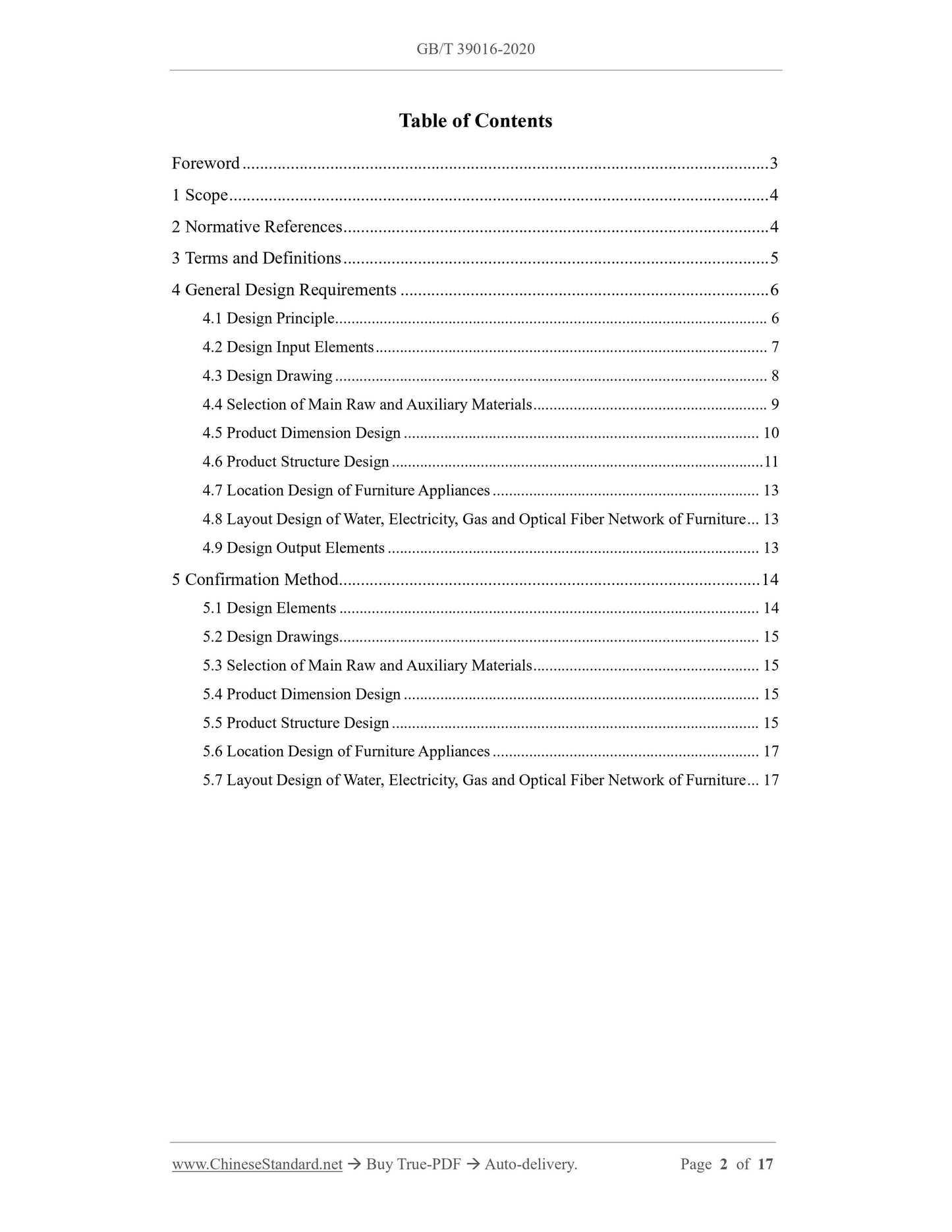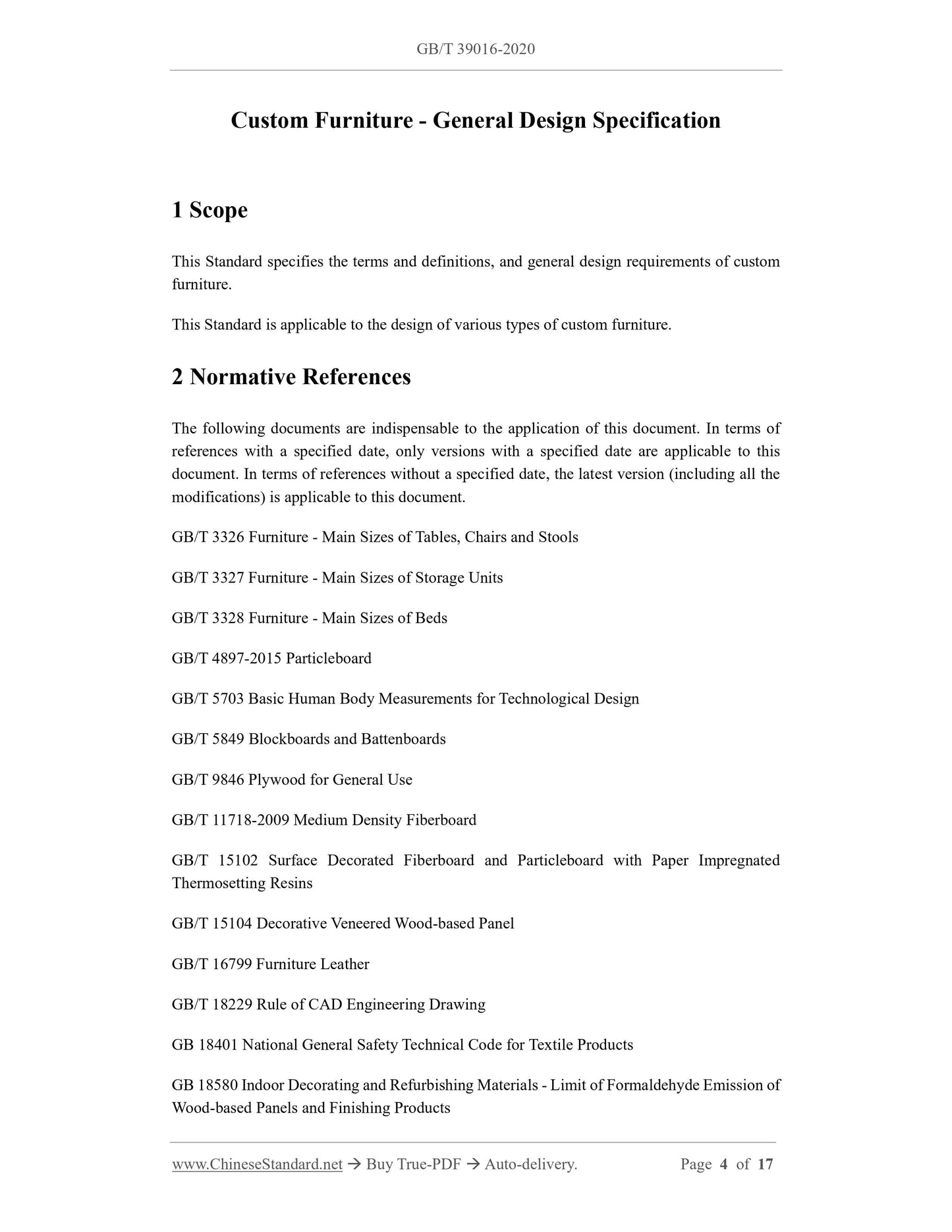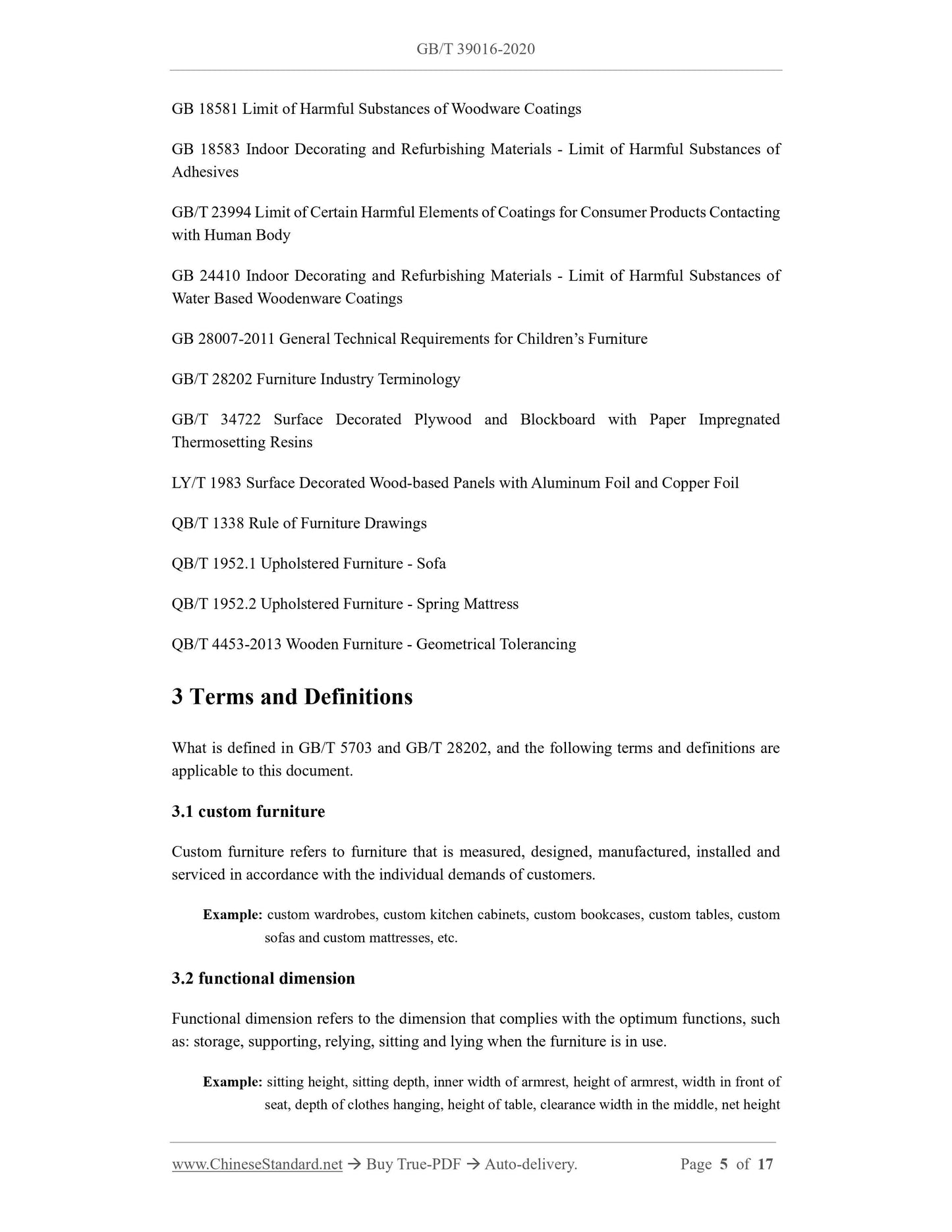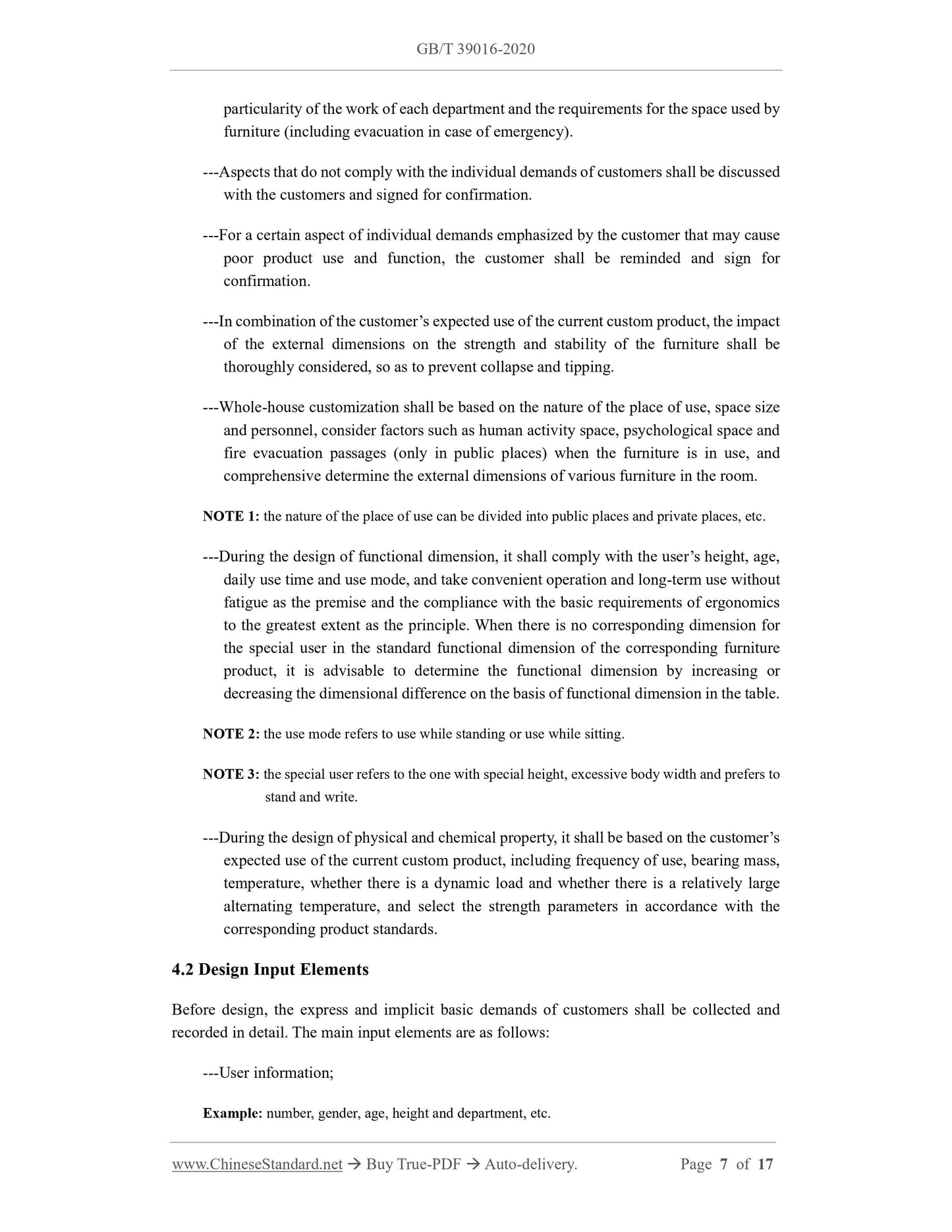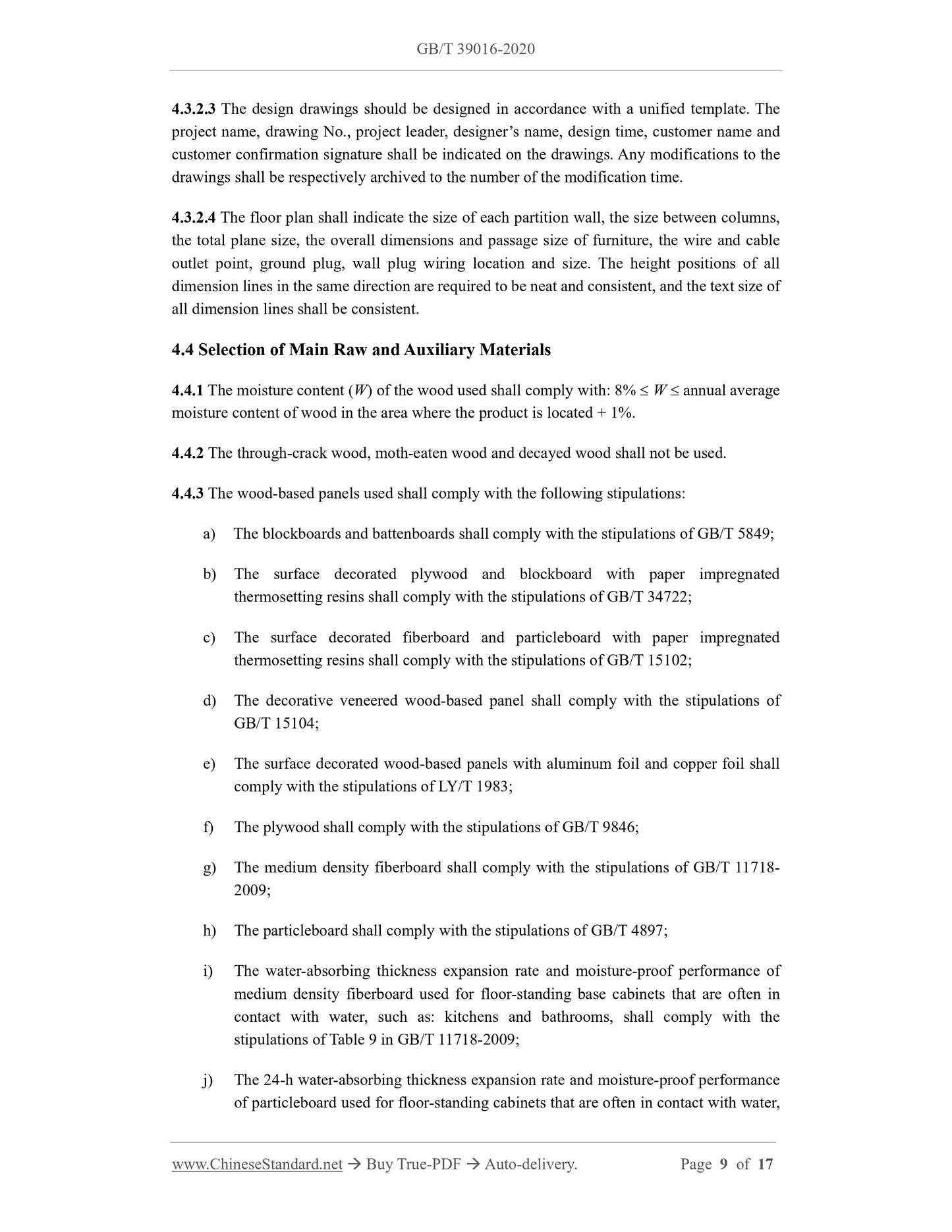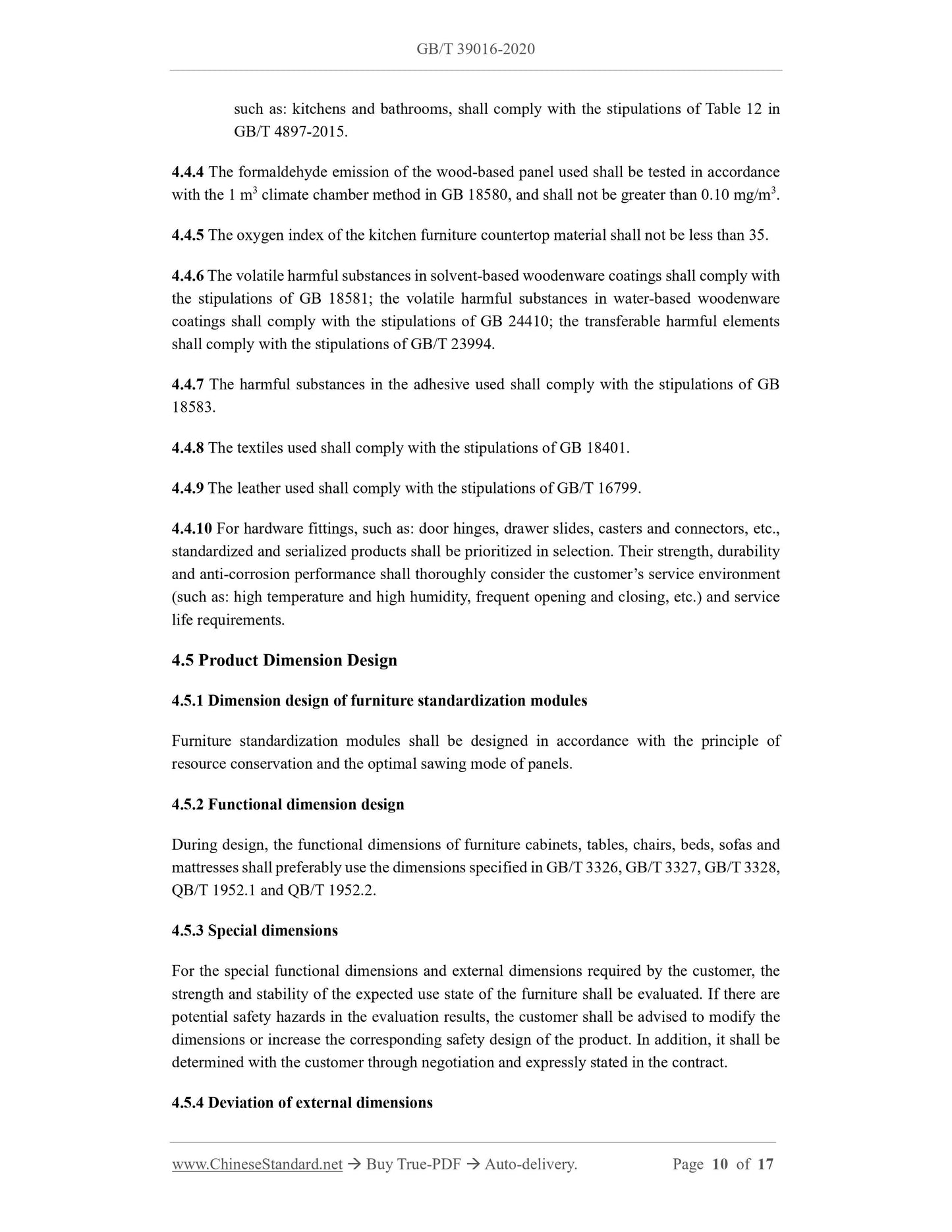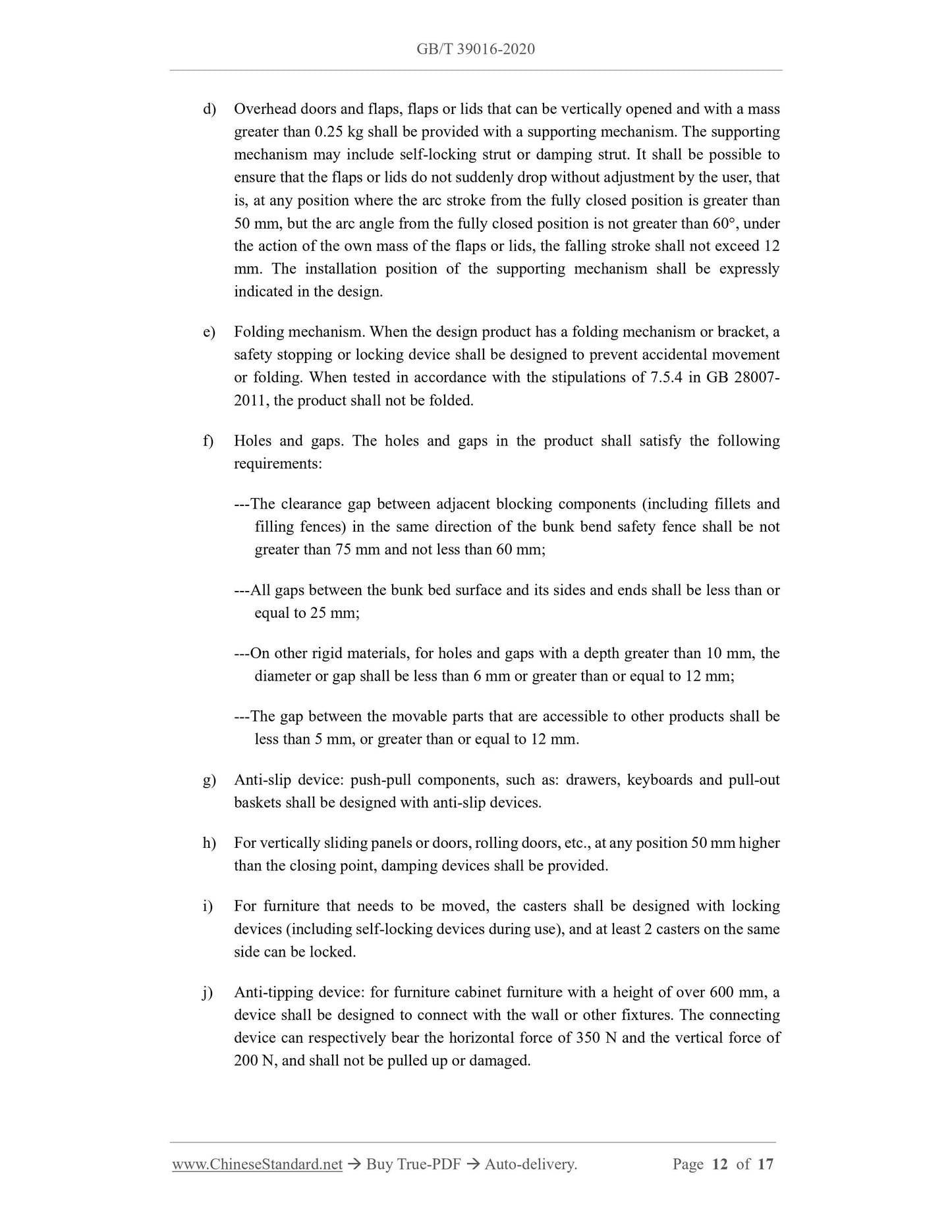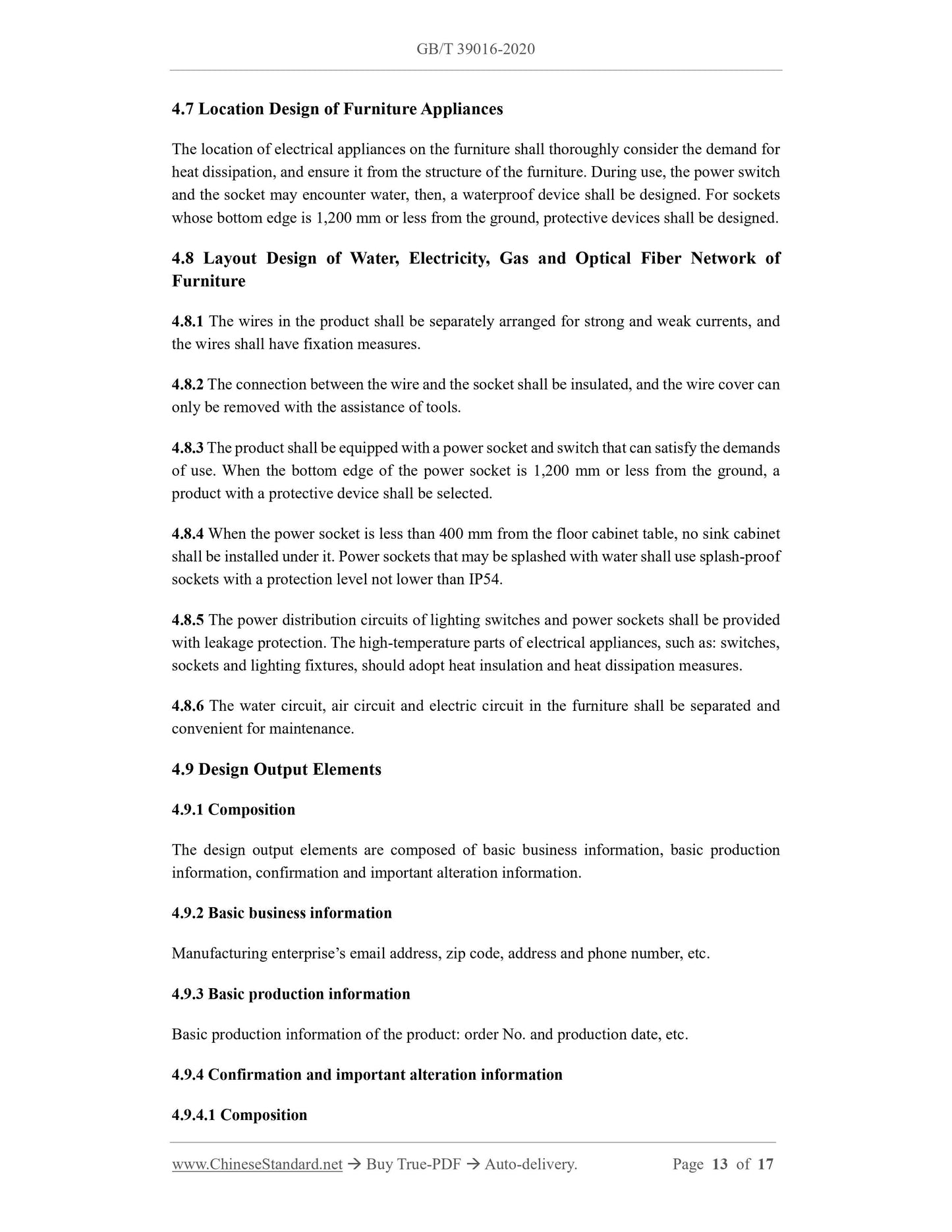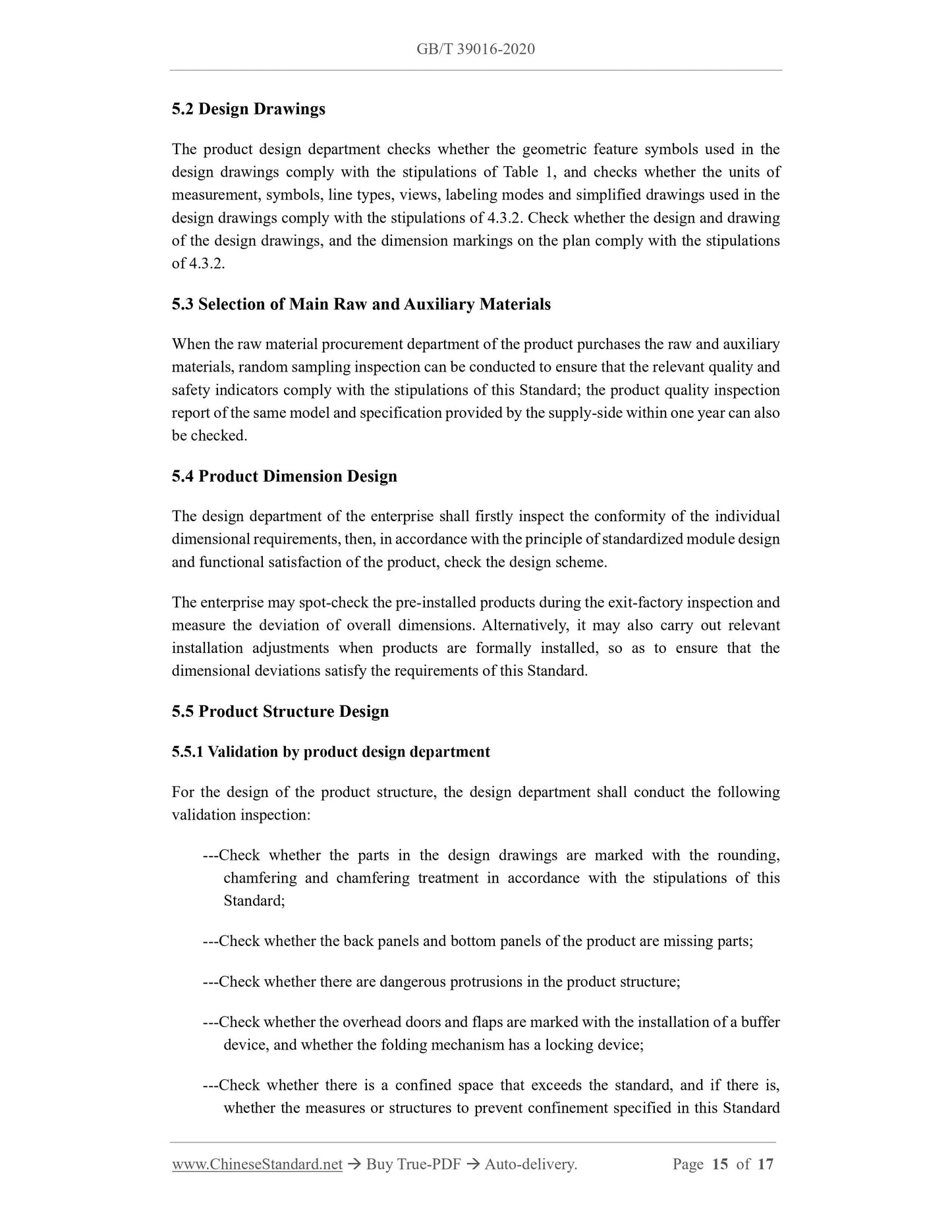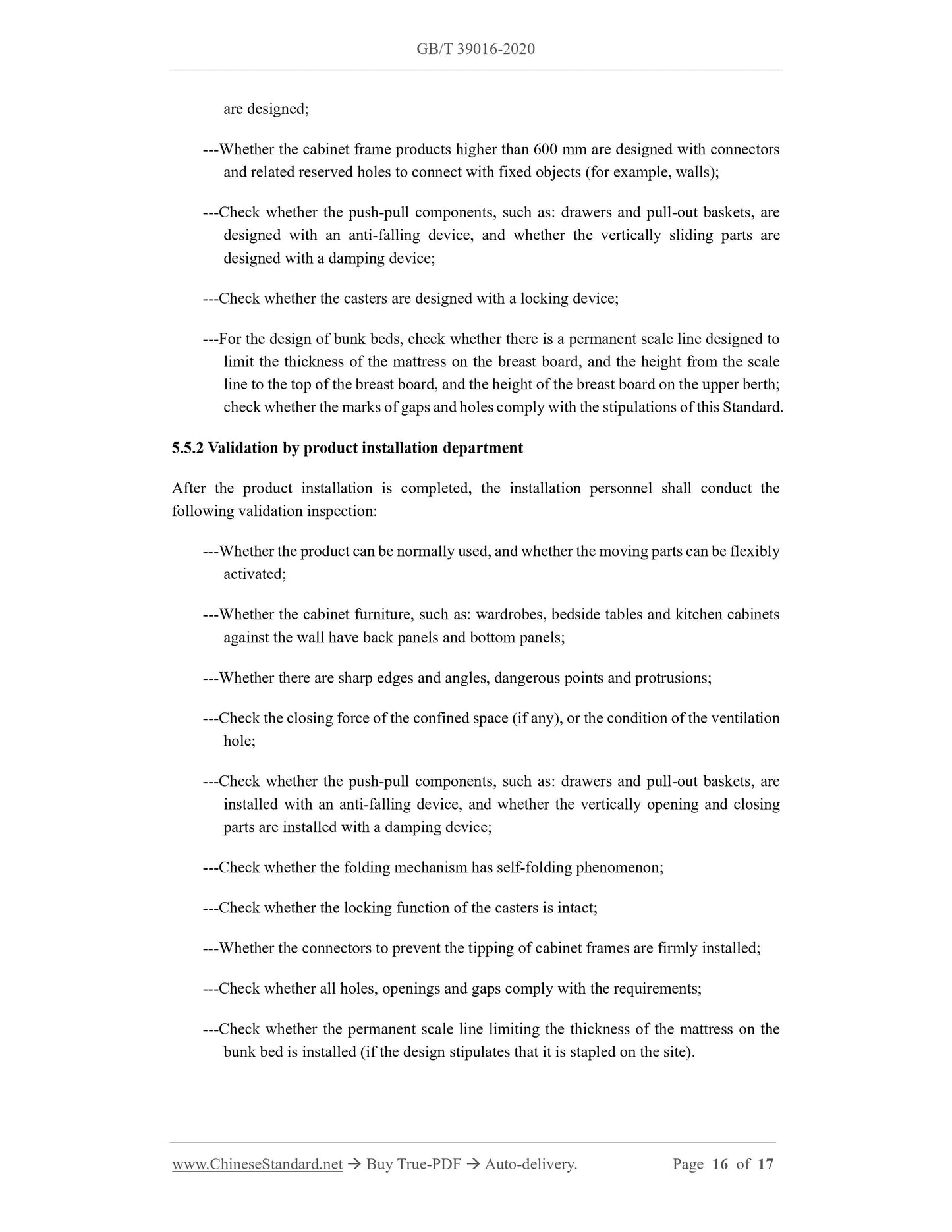1
/
of
11
www.ChineseStandard.us -- Field Test Asia Pte. Ltd.
GB/T 39016-2020 English PDF (GB/T39016-2020)
GB/T 39016-2020 English PDF (GB/T39016-2020)
Regular price
$245.00
Regular price
Sale price
$245.00
Unit price
/
per
Shipping calculated at checkout.
Couldn't load pickup availability
GB/T 39016-2020: Custom furniture - General design specification
Delivery: 9 seconds. Download (and Email) true-PDF + Invoice.Get Quotation: Click GB/T 39016-2020 (Self-service in 1-minute)
Newer / historical versions: GB/T 39016-2020
Preview True-PDF
Scope
This Standard specifies the terms and definitions, and general design requirements of customfurniture.
This Standard is applicable to the design of various types of custom furniture.
Basic Data
| Standard ID | GB/T 39016-2020 (GB/T39016-2020) |
| Description (Translated English) | Custom furniture - General design specification |
| Sector / Industry | National Standard (Recommended) |
| Classification of Chinese Standard | Y80 |
| Classification of International Standard | 97.140 |
| Word Count Estimation | 14,186 |
| Date of Issue | 2020-07-21 |
| Date of Implementation | 2021-02-01 |
| Issuing agency(ies) | State Administration for Market Regulation, China National Standardization Administration |
Share
